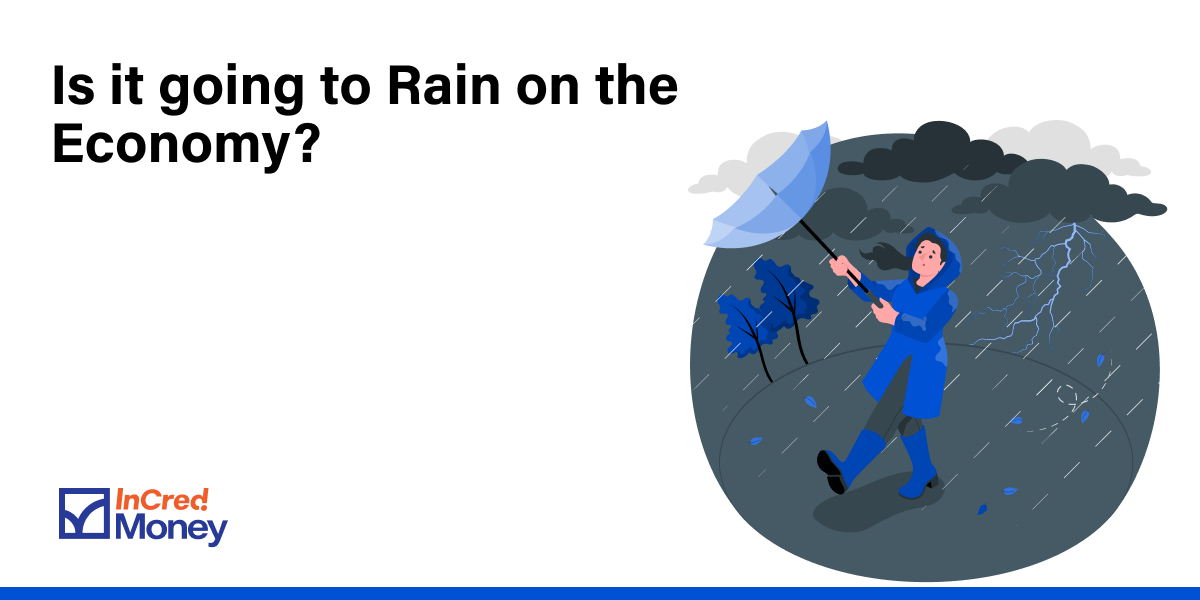Last year, we talked about how the mischievous El Niño made a mess of India’s monsoon—causing a 6% rainfall deficit – hitting crops, cooling rural demand, and pushing up inflation. (Check out the previous edition here)
This year, it’s déjà vu with a twist. Instead of delayed or deficient rains, large parts of India have seen early and above-normal showers. From Kerala to Maharashtra and even Mumbai (which just had its wettest May in over a century), rains have arrived well ahead of schedule. In fact, the monsoon’s swift march from Kerala to Maharashtra in a single day—May 24—was last seen in 1971.
So, what’s going on here?
According to IMD…
The India Meteorological Department (IMD) has predicted an above-normal monsoon for 2025—around 105% of the Long Period Average (LPA). While that may sound like a sigh of relief after last year’s chaos, experts are quick to caution: what matters most is not just the total rainfall, but how and when it falls. Early and uneven rainfall can be just as disruptive as deficient monsoons.
Why are we seeing early rainfall?
Multiple global and regional climate factors have contributed to this year’s early and intense onset:
- El Niño Conditions: With no strong El Niño suppressing monsoon currents, conditions were ripe for an early arrival.Click here to know more about El Niño and La Niña
- Reduced Snow Cover: Eurasian and Himalayan snow cover was below normal this year, leading to quicker land heating and stronger monsoon circulation.
- Strong Somali Jet: These moisture-rich winds intensified early this year, pushing rain into India’s west coast faster than usual.Click here to know more about Somali Jet
- Favourable MJO Phase: The Madden-Julian Oscillation (MJO)—a moving weather disturbance—was in a phase that encouraged rainfall across southern part of India in May.Click here to know more about Madden-Julian Oscillation (MJO)
So, what’s the catch?
While early and abundant rains may seem like a gift, they bring their own set of problems.
- Damage to Standing Crops: Rabi crops like onions and pulses—waiting to be harvested—were hit by heavy rain in regions like Maharashtra. Even word is going around that supply and quality of Mangoes is also affected. This not only impacts farmer incomes but can also lead to supply shocks and higher food prices.
- Disruption to Business Cycles: Summer product sales—from air-conditioners to soft drinks—plunged in April due to cooler weather and untimely showers. In some regions, sales of refrigerators and ACs dropped 20% year-on-year.
- Inflation Risks: Vegetable prices are notoriously sensitive to erratic weather. Early rains have already driven up tomato and onion prices. If this trend continues, retail inflation—currently at a four-year low—could reverse, affecting the Reserve Bank of India’s ability to cut interest rates.
- Interrupted Monsoon Progression: After a strong start, the monsoon often pauses due to dry air from higher latitudes. This “break phase” can delay rainfall in other parts of India, impacting sowing schedules.
And yet, there’s a Silver Lining
Let’s not rain on our own parade just yet. There are clear positives to this early onset:
- Boost to Reservoirs & Hydropower: Early rains can replenish water bodies and support hydroelectric output, reducing dependence on thermal power.
- Hope for Kharif Season: With 60% of India’s farmland still dependent on rain, a timely start to the monsoon bodes well for rice, pulses, and oilseeds.
- Rural Demand Revival: A good harvest means better farm incomes, which translates into stronger rural consumption—a critical growth engine for FMCG and durables.
It’s not just about ‘More’ Rain, But ‘Better’ Rain
As we move deeper into the monsoon season, where and when it rains will be crucial. A strong start doesn’t guarantee a happy ending—especially in this era of climate change, where past weather patterns are no longer a reliable guide.
For now, we watch the skies and track the data. And as always, the monsoon remains one of India’s most powerful economic indicators—one that flows directly from clouds to crops, and from there, to consumption, inflation, and growth.
I hope you enjoyed this newsletter and if you did, feel free to share it with your friends and family.
Also, if you have any topics that you would like us to cover or any other feedback, do write to us at connect@incredmoney.com
Till the next time,
Vijay
CEO – InCred Money




